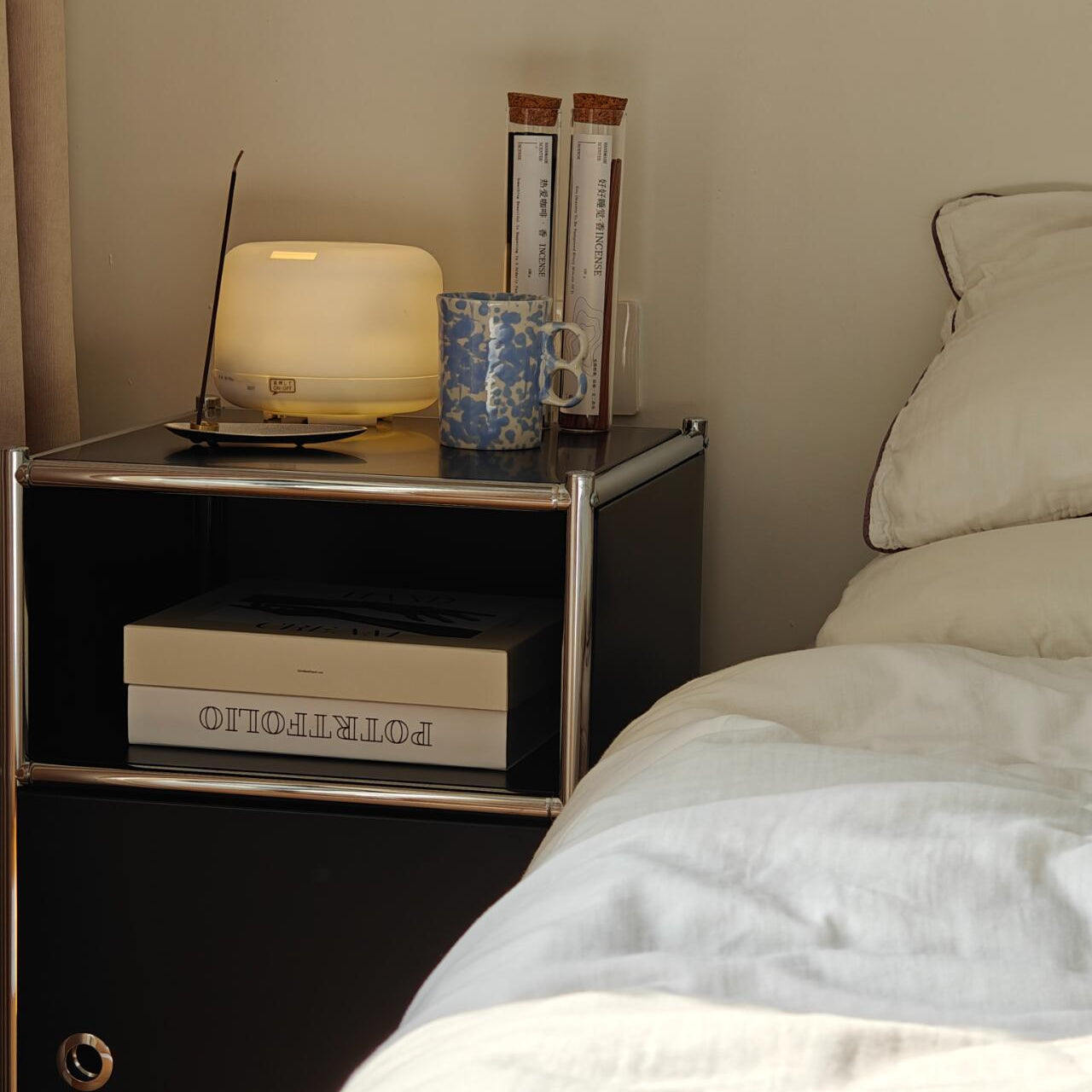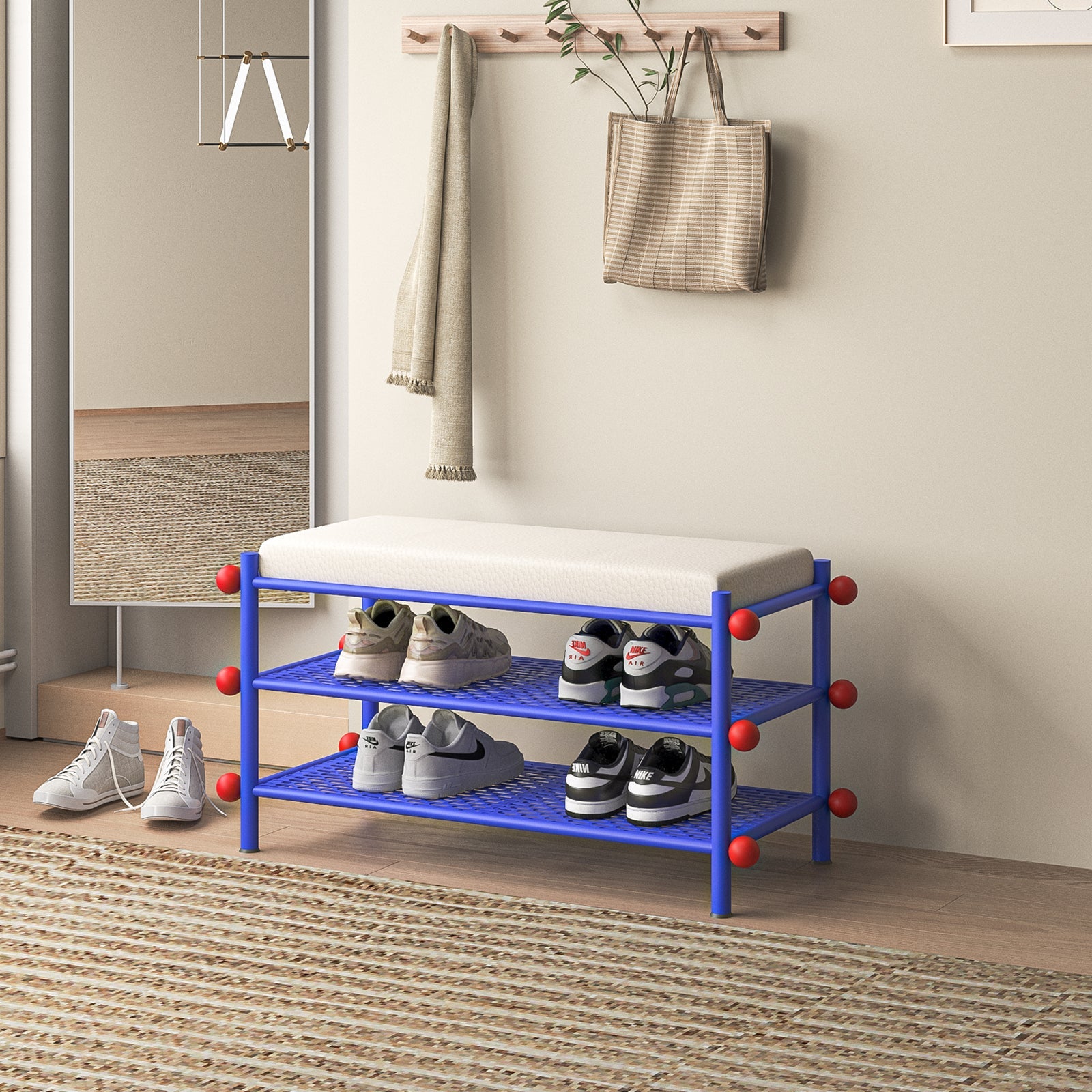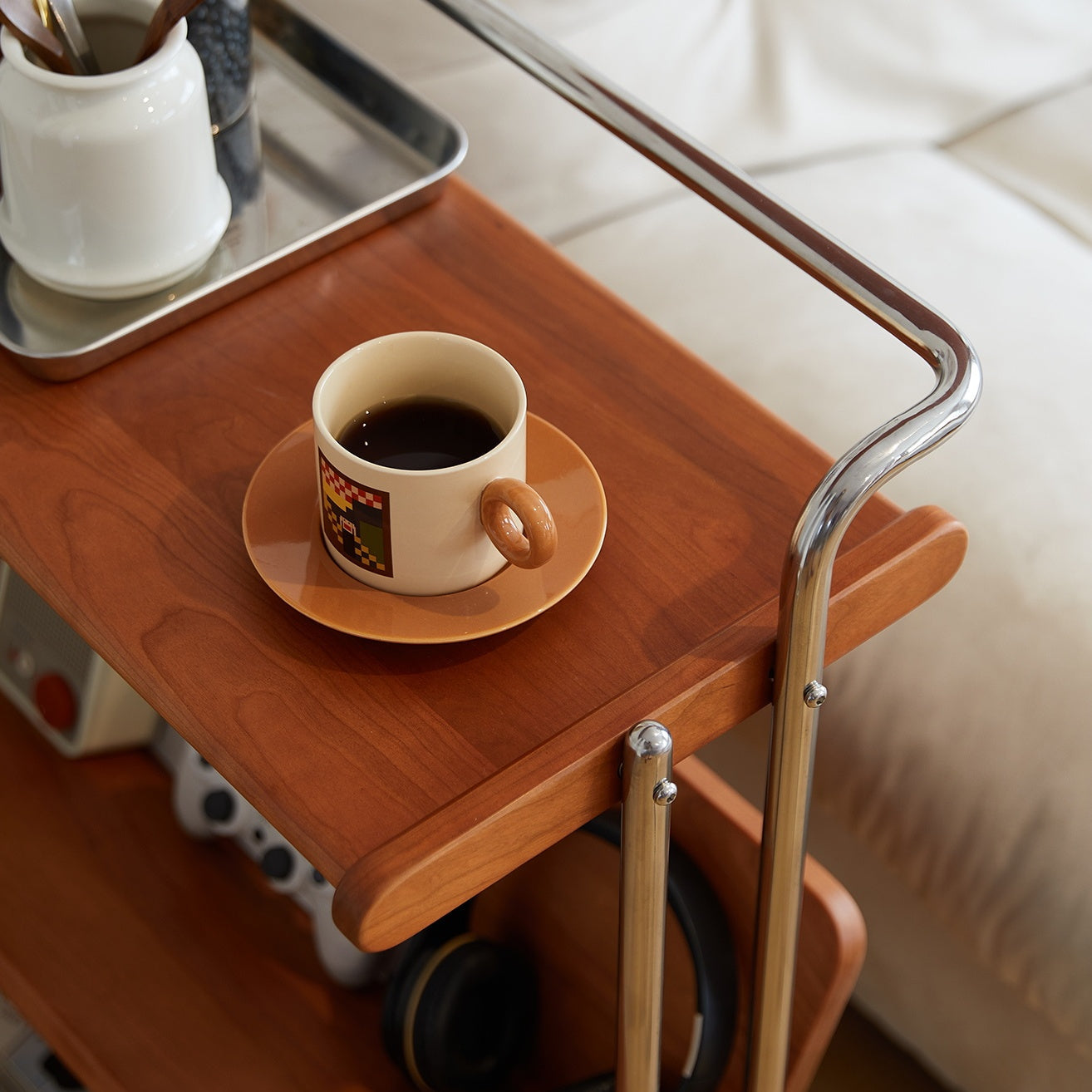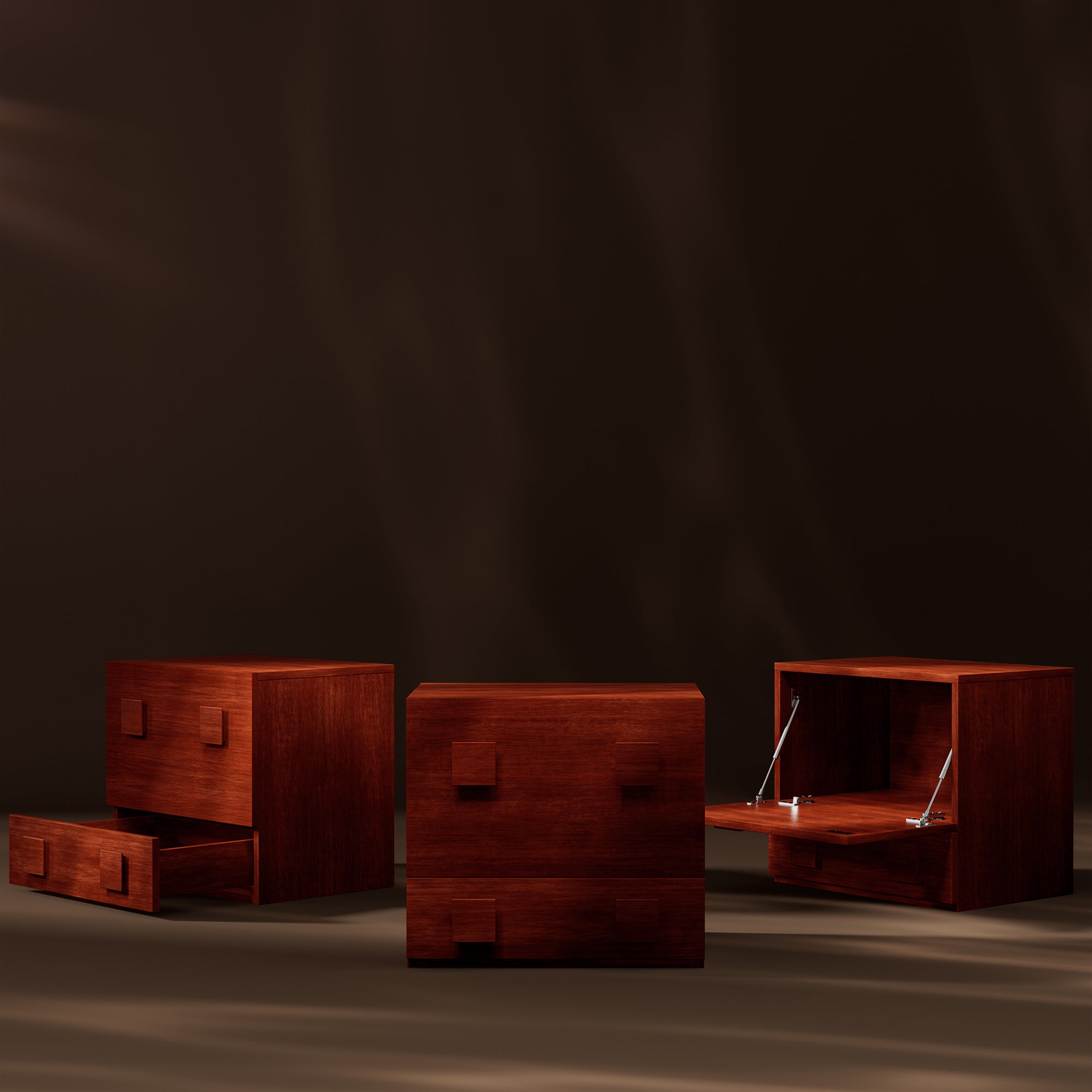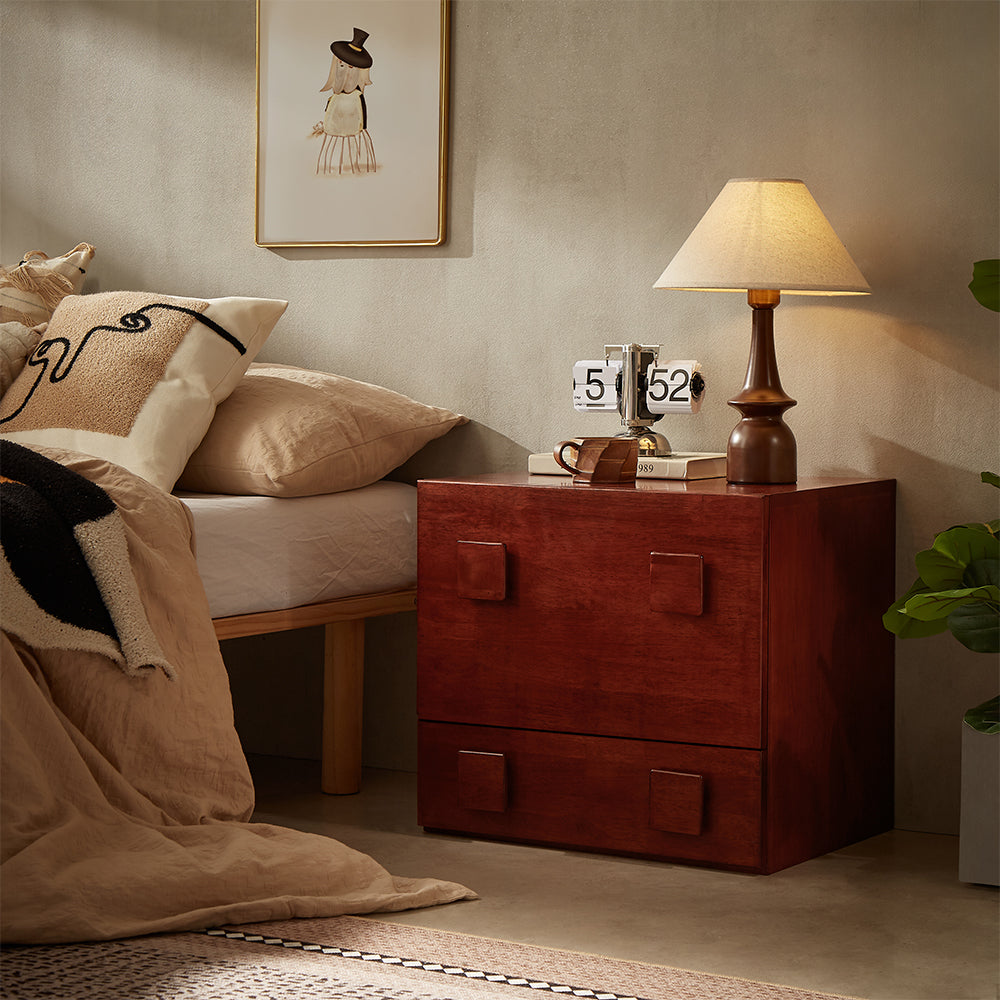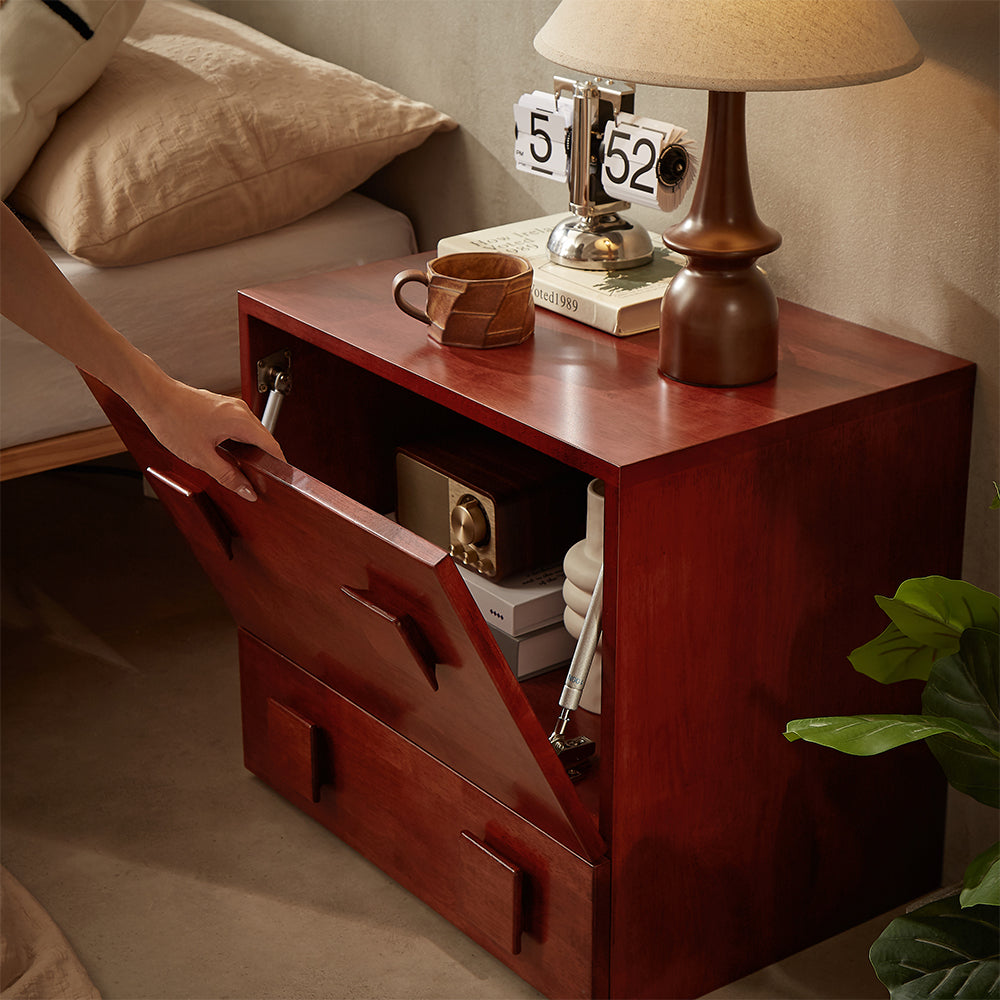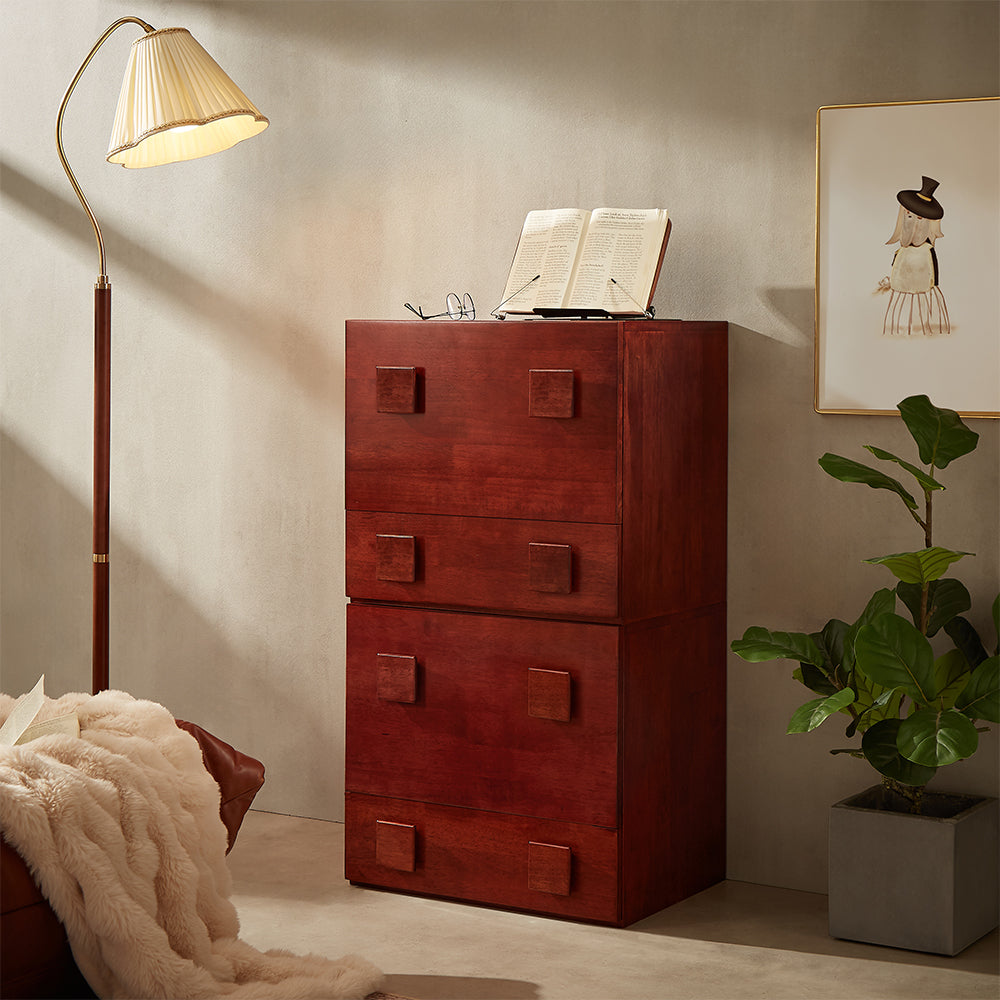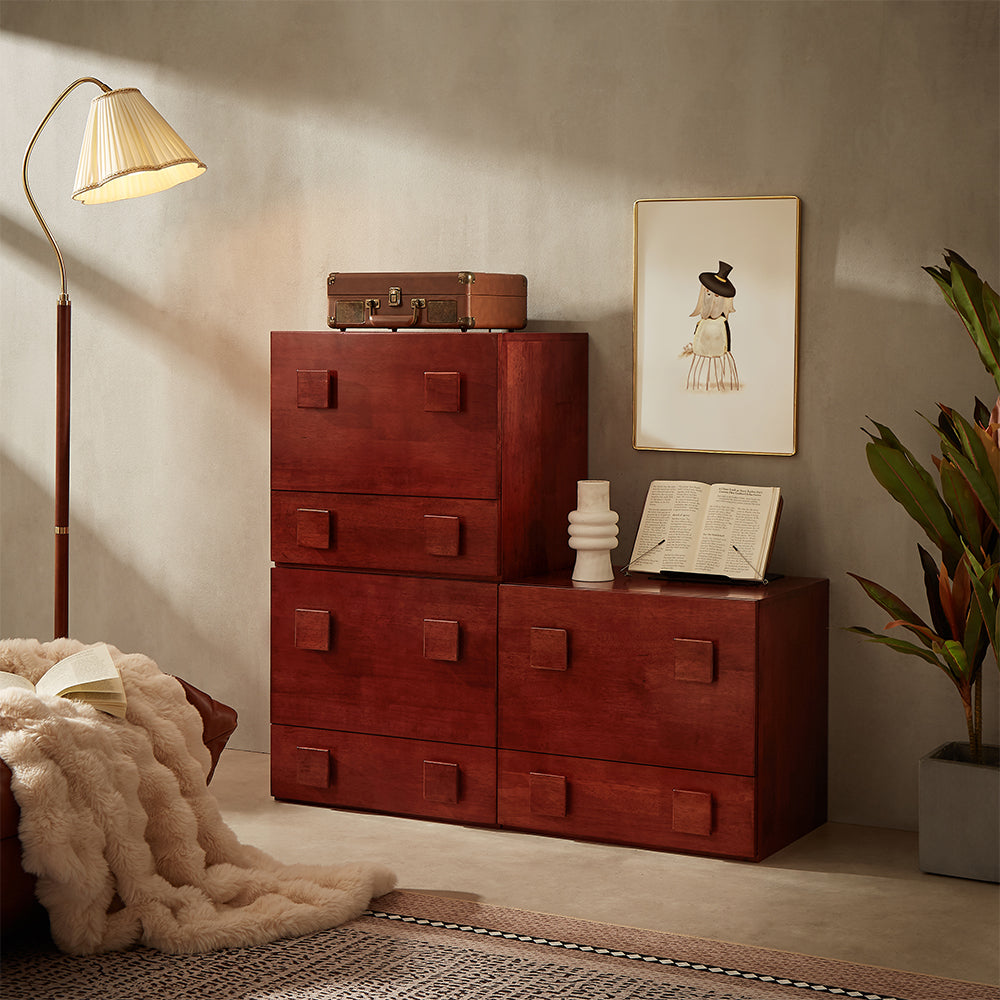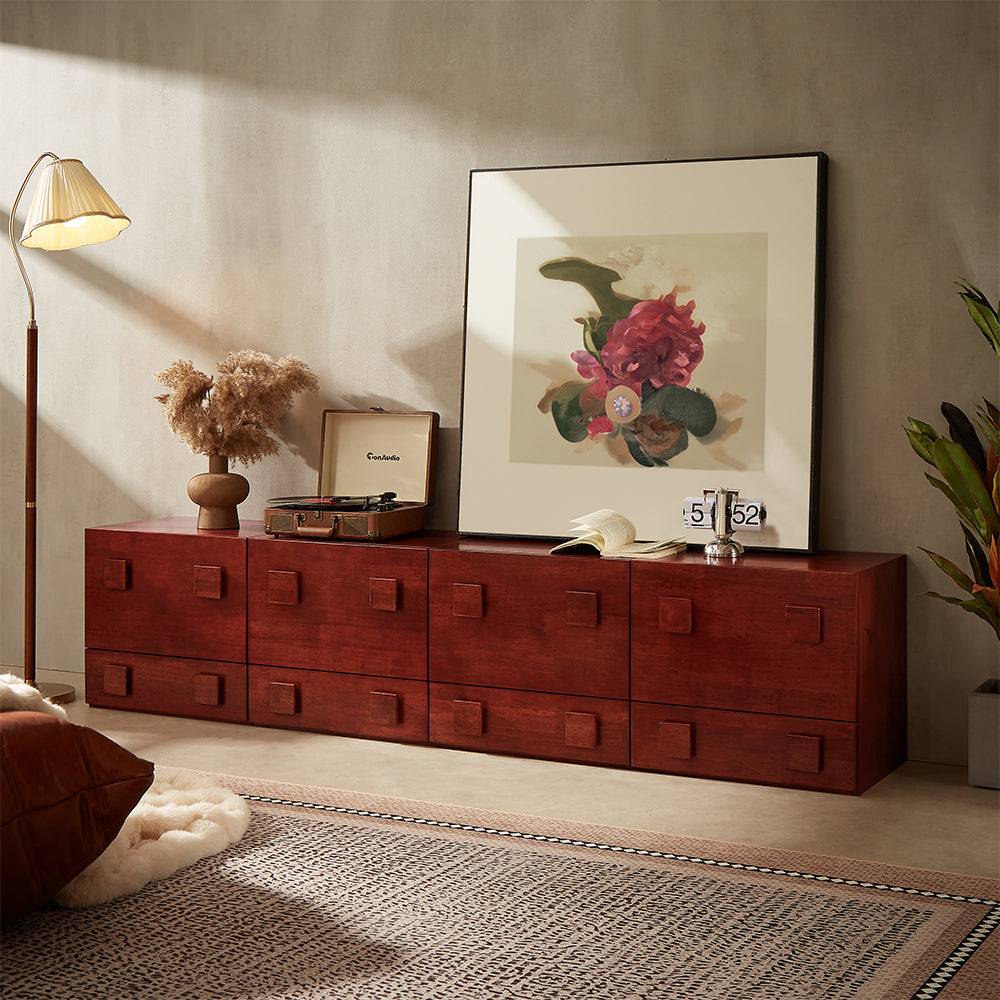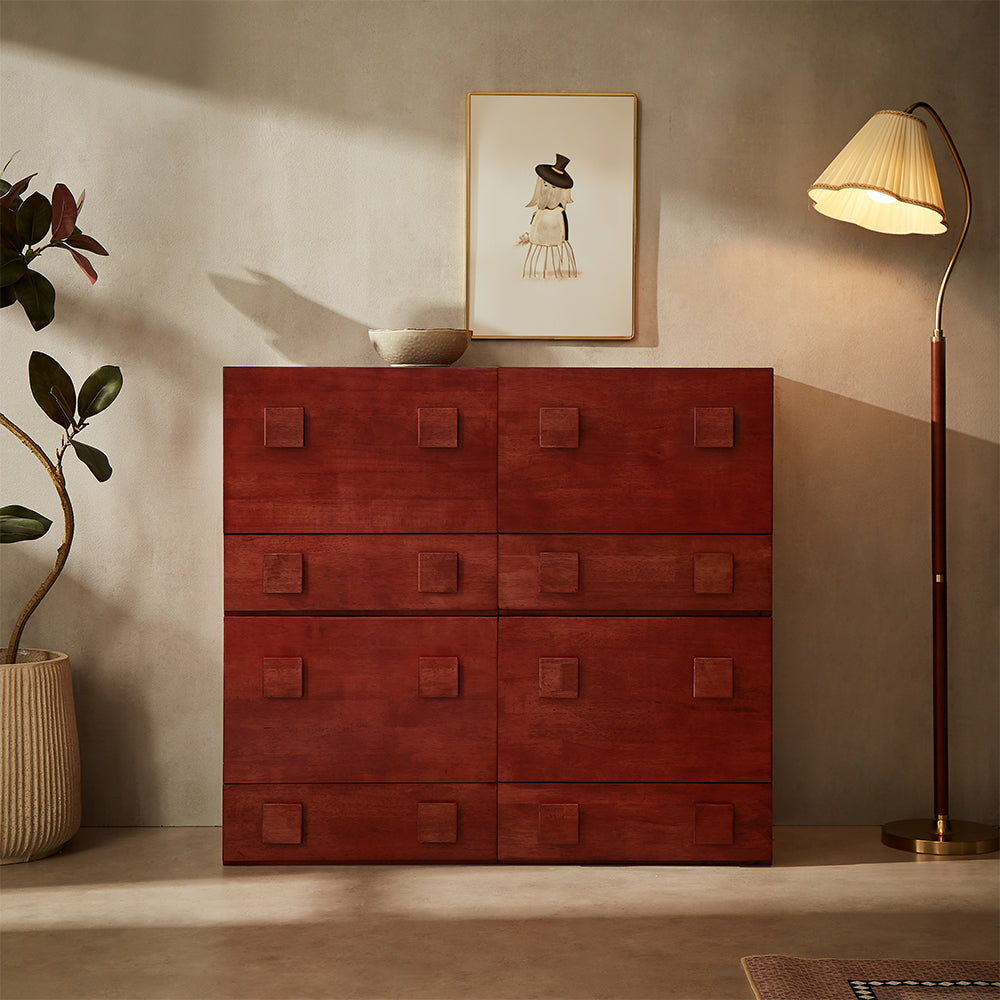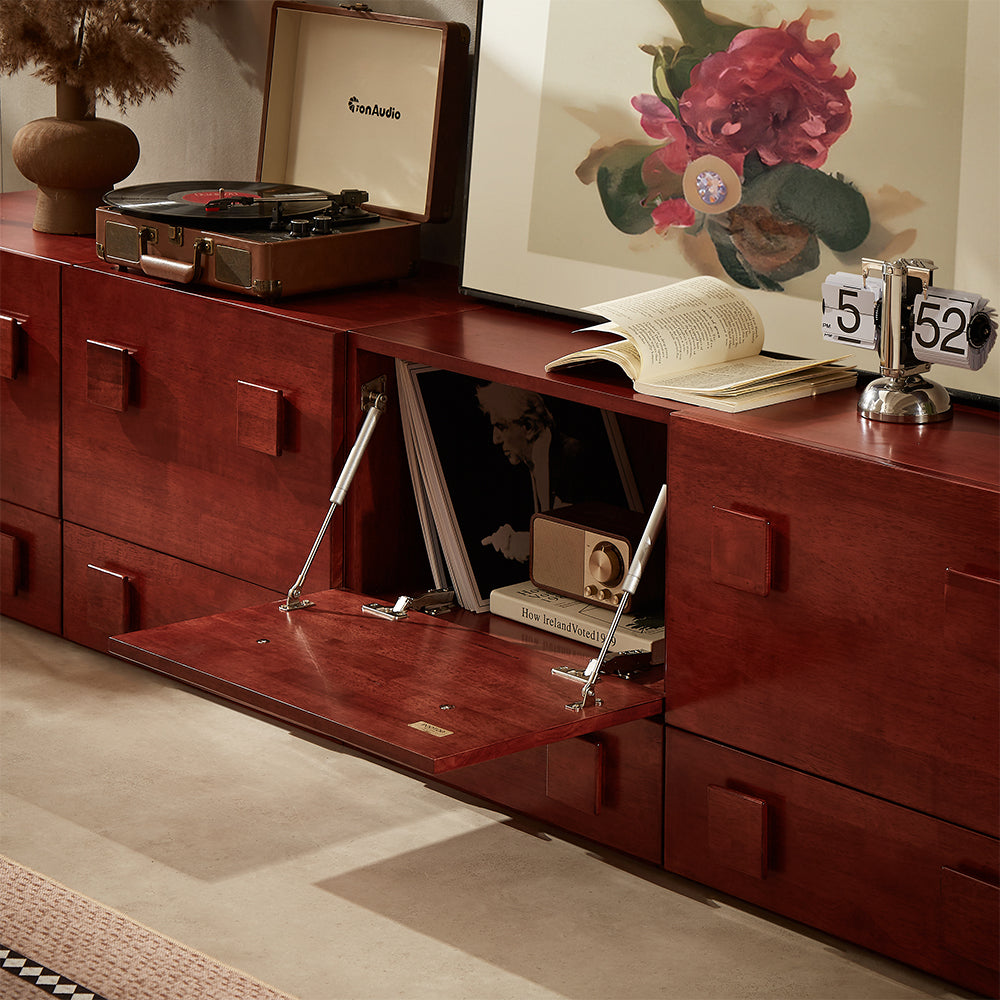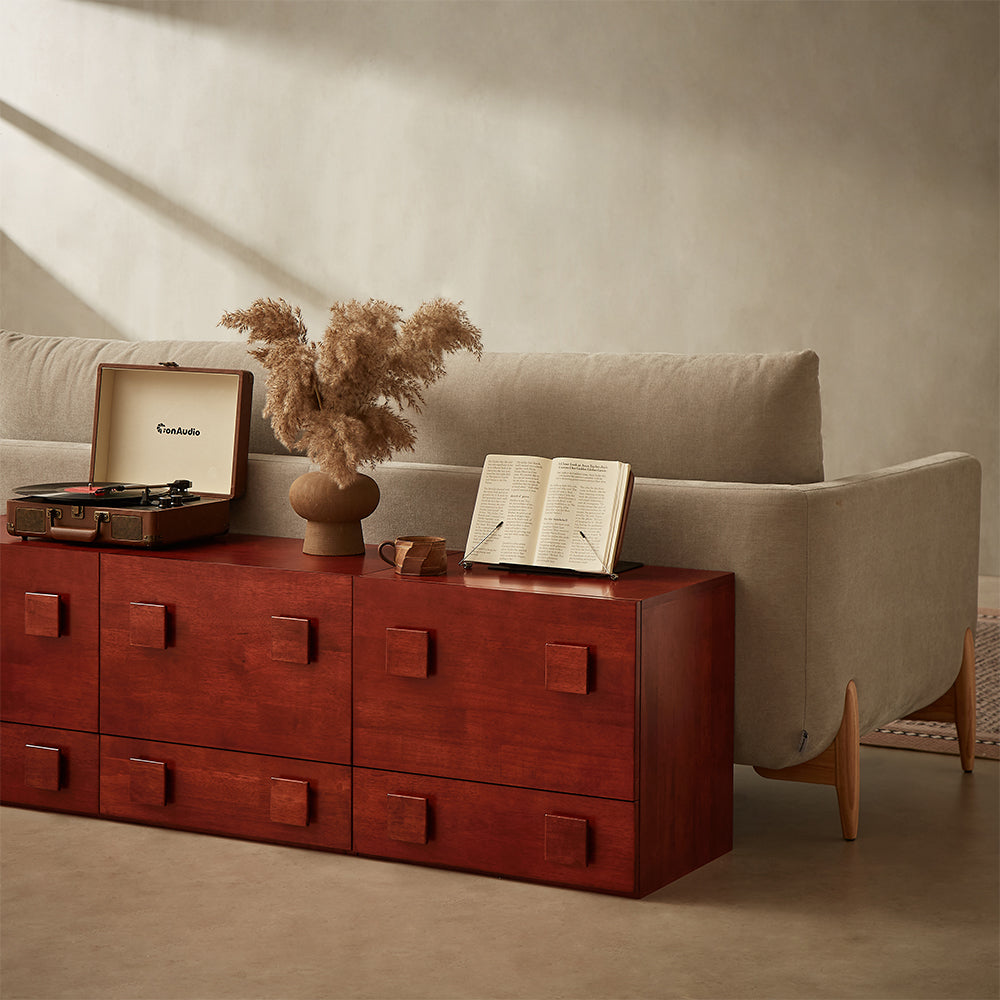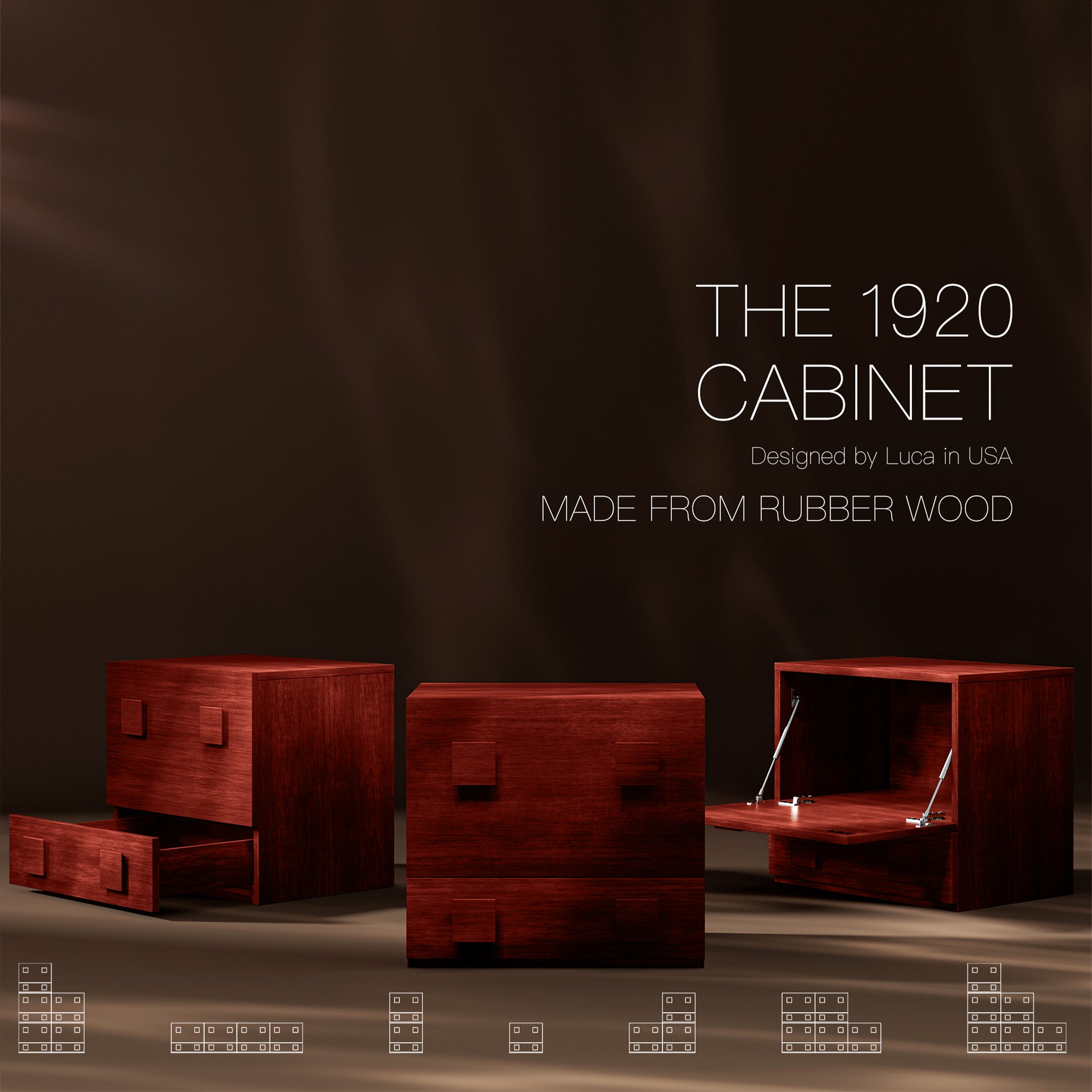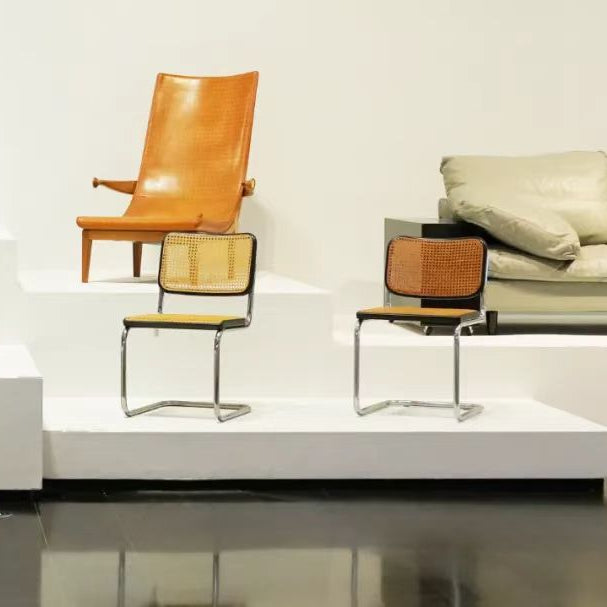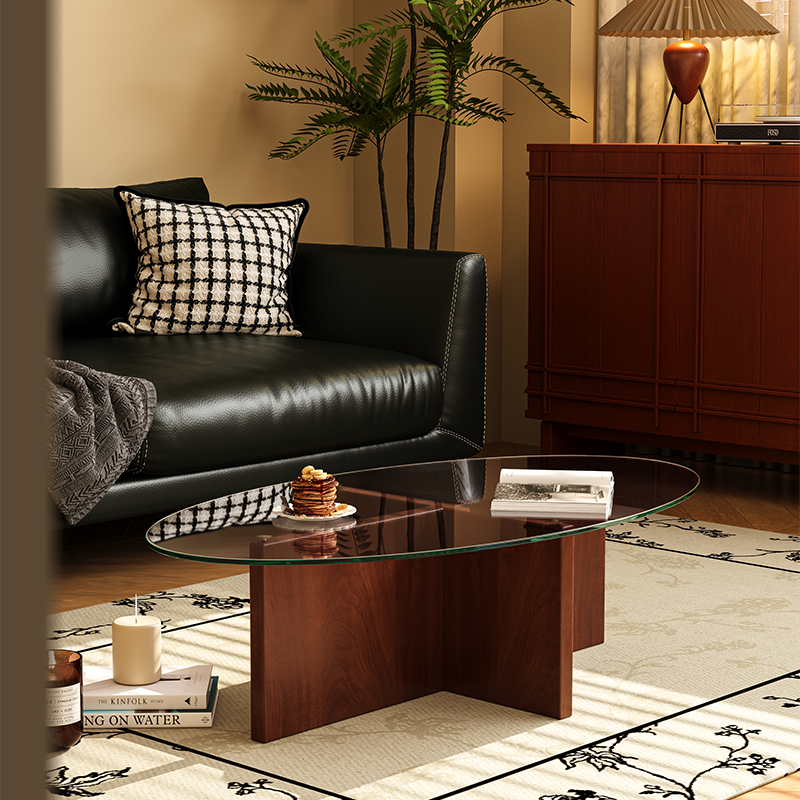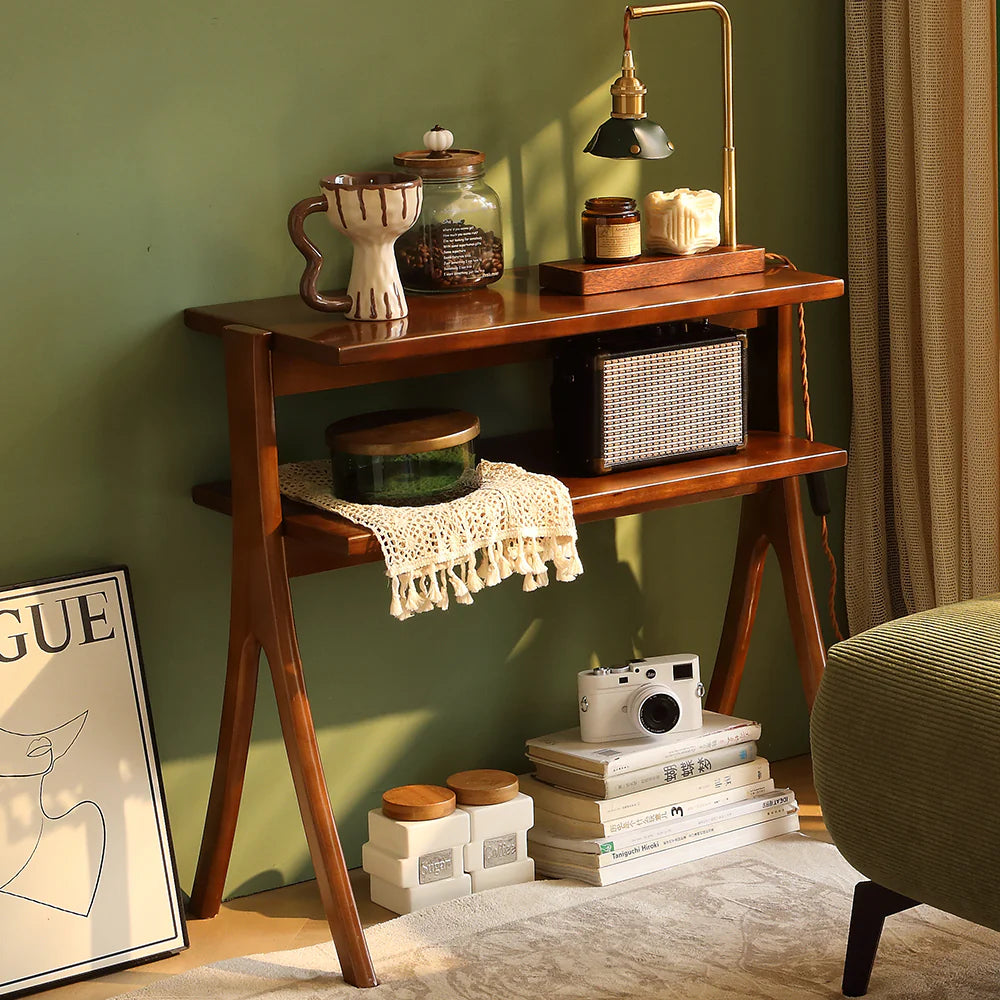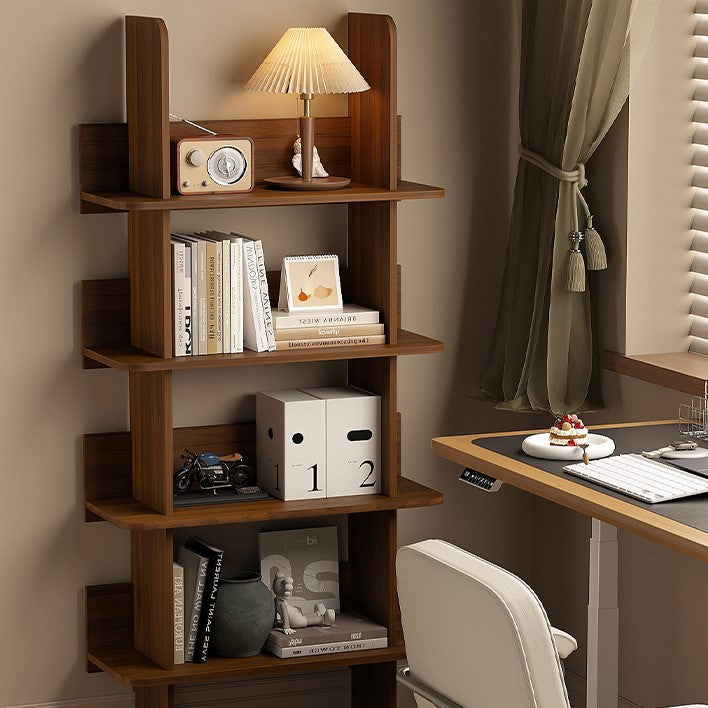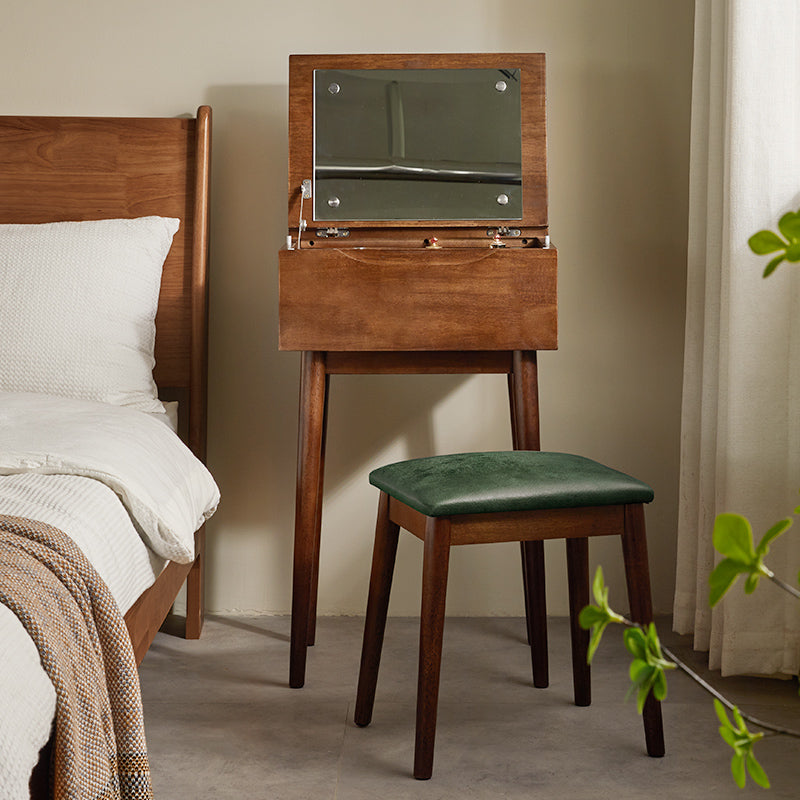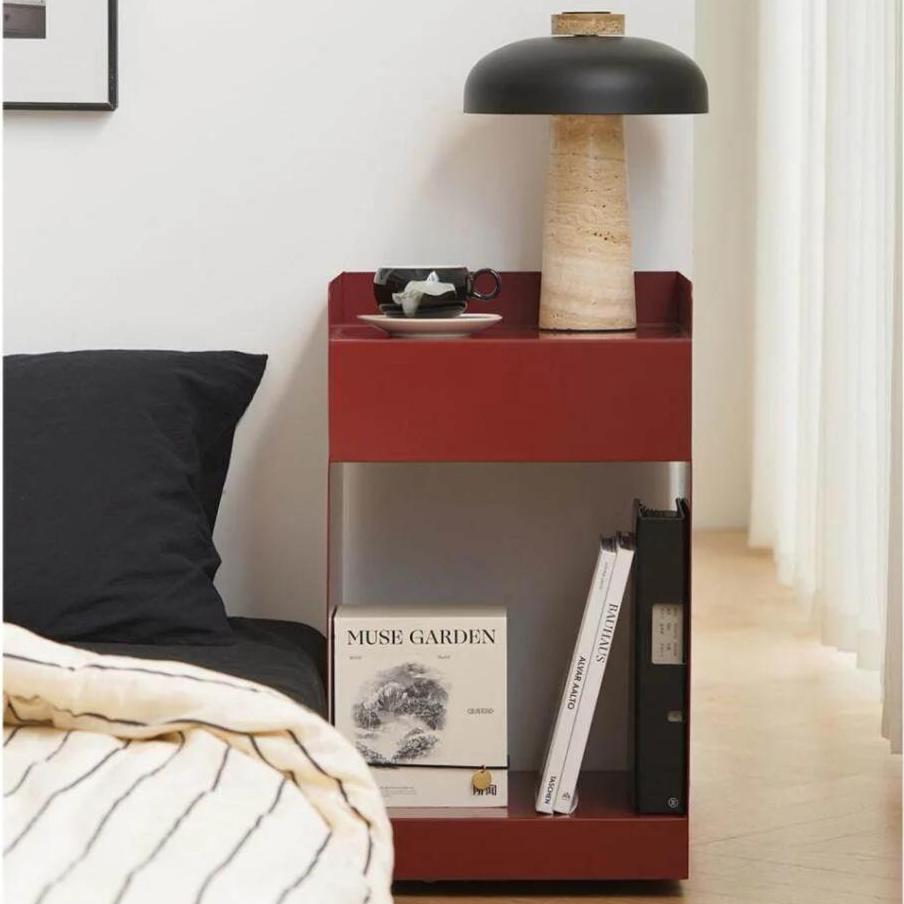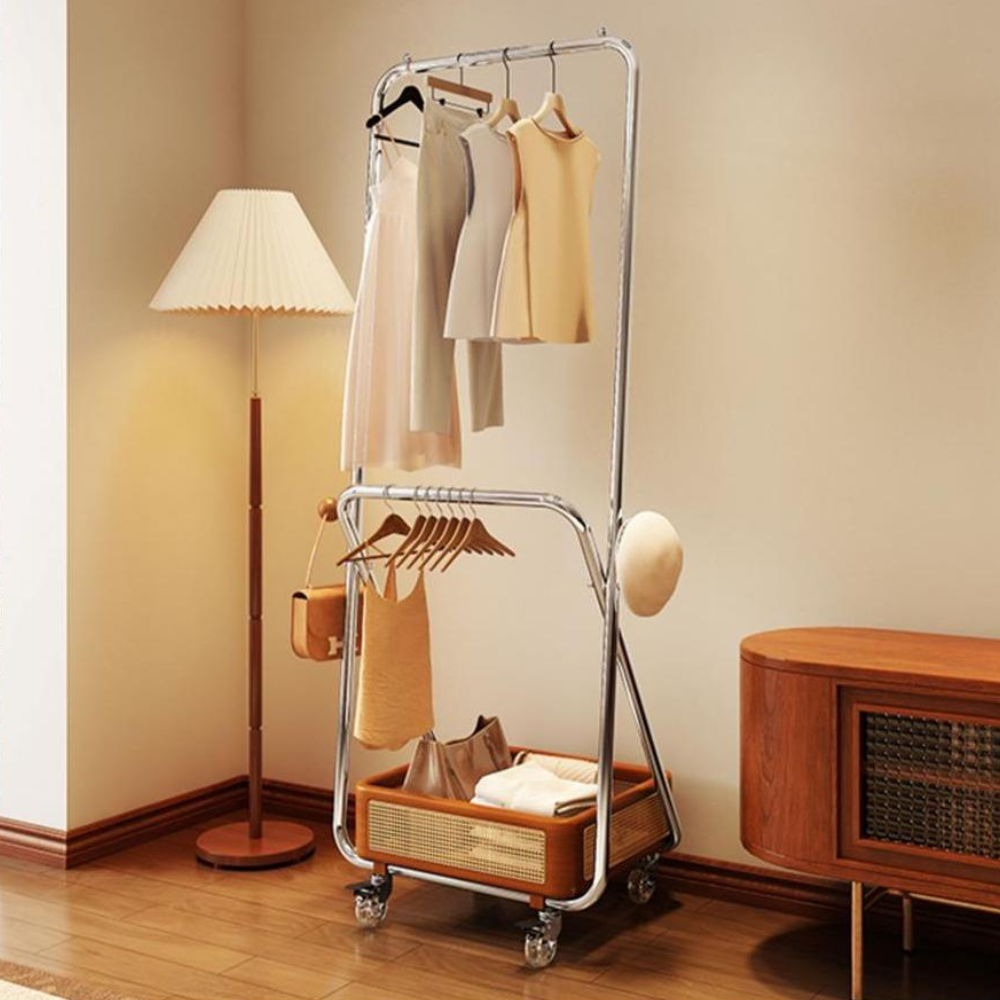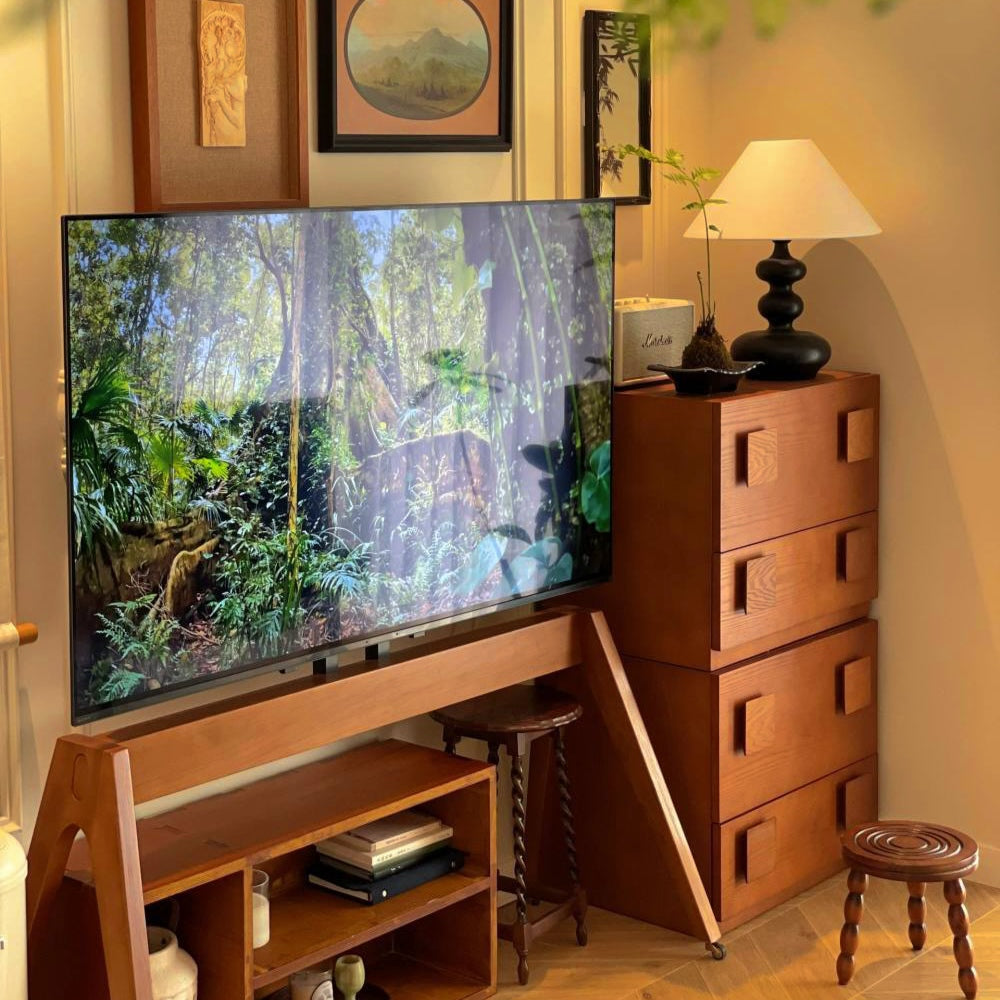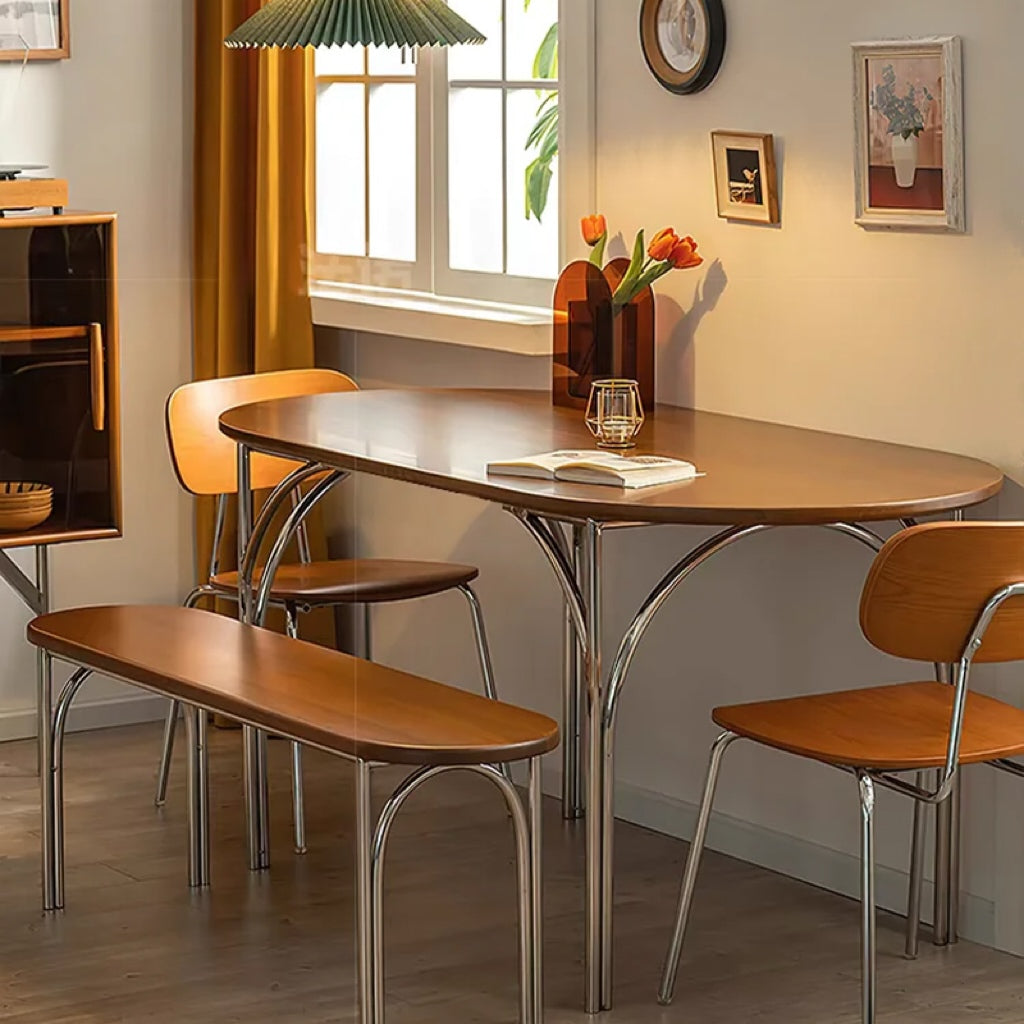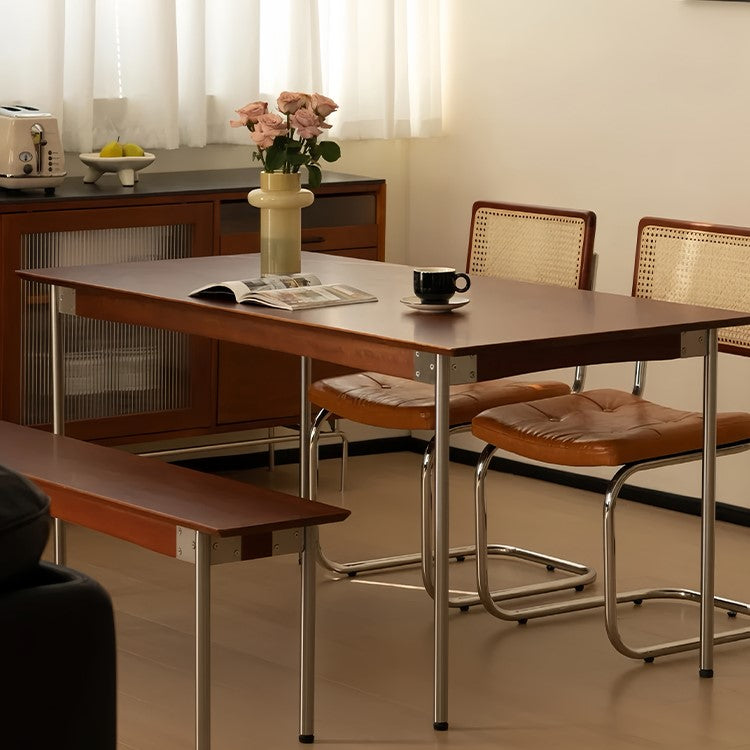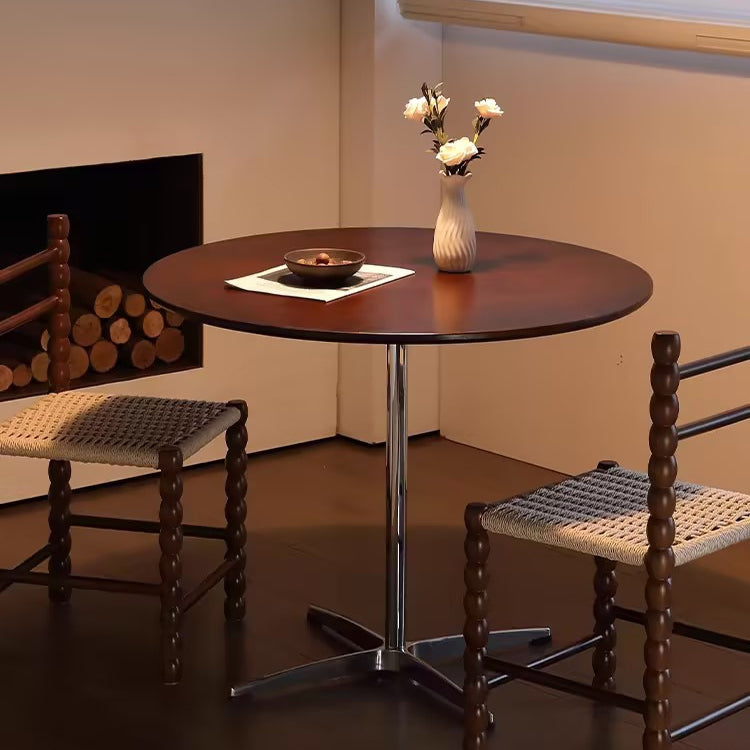
Vintage furniture has become increasingly popular in modern homes, thanks to its unique history and character. From retro sofas to charming desks, each vintage piece adds its own special charm to a living space. However, finding high-quality vintage furniture can be a challenge. This article offers practical tips to help you locate your ideal vintage furniture in the market.
- Understand the Characteristics of Vintage Furniture
Before you start searching, it’s essential to understand what vintage furniture is. Typically, vintage furniture refers to items that circulate in the second-hand market, varying in age and style. Their uniqueness lies in several aspects:
Historical Significance: Each vintage piece carries its own story.
Personalization: Compared to modern furniture, vintage items often reflect the owner’s unique taste.
Eco-Friendly Choice: Purchasing vintage furniture is a sustainable lifestyle choice that helps reduce waste.
- Define Your Style and Needs
Before diving into your search for vintage furniture, clarify your style and needs. Consider the following points:
Style: Do you prefer modern minimalist, retro, industrial, or country styles? Defining your style will help you find suitable pieces more quickly.
Functionality: What is the furniture for—living, working, or other purposes? Choose based on your actual needs.
Space: Measure the area where you plan to place the furniture to ensure it fits well.
- Find Reliable Purchasing Channels
High-quality vintage furniture is often easier to find through specific channels. Here are some recommended purchasing options:
3.1 Second-Hand Markets and Flea Markets
Second-hand markets and flea markets are excellent places to discover vintage furniture. You can find many unique pieces at relatively affordable prices. Keep in mind:
Timing: Visit on weekends or holidays for more options.
On-Site Inspection: Inspect the quality and condition of the furniture personally to avoid buying damaged items.
3.2 Online Platforms
With the rise of e-commerce, many online platforms specialize in vintage furniture, such as Xianyu and second-hand furniture websites. On these platforms, you can:
Filter Criteria: Narrow your choices by price, location, style, etc., to find furniture that meets your needs.
Check Reviews: Look at seller credibility and feedback from other buyers to make informed decisions.
3.3 Professional Antique Shops
If you’re seeking higher quality or collectible vintage furniture, professional antique shops are a great choice. These shops often carry carefully selected high-end pieces, complete with detailed history and appraisal information.

- Evaluate the Quality of the Furniture
Assessing the quality of vintage furniture is crucial when making a selection. You can evaluate quality through the following aspects:
4.1 Materials
High-quality vintage furniture typically uses premium materials like solid wood and genuine leather. Check the materials to ensure durability.
4.2 Structure
Examine the furniture’s structure closely to ensure there are no loose or damaged parts. Shake chairs or tables to check their stability.
4.3 Surface
Inspect the surface treatment of the furniture to ensure there are no obvious scratches, cracks, or stains. While minor wear may be acceptable on some vintage items, significant damage should be approached with caution.
- Negotiation and Transaction Tips
Mastering some negotiation skills can help you save money when purchasing vintage furniture:
Know the Market Price: Familiarize yourself with the market prices of similar furniture before making a purchase to set a mental price range.
Communicate Sincerely: Engage in friendly conversation with the seller, expressing appreciation for the furniture while proposing a reasonable price.
Moderate Haggling: Politely request to negotiate the price; many sellers are often willing to consider your offer.
- Post-Purchase Maintenance
Regular maintenance is essential after purchasing high-quality vintage furniture. Here are some basic care tips:
Regular Cleaning: Use appropriate cleaners for the materials to keep the furniture shiny.
Avoid Direct Sunlight: Place furniture in areas that avoid direct sunlight to prevent fading and aging.
Routine Inspections: Regularly check the furniture’s structure and surface to address small issues promptly and extend its lifespan.
Conclusion
Finding high-quality vintage furniture doesn’t have to be a daunting task. By understanding its characteristics, clarifying your style and needs, selecting the right purchasing channels, evaluating quality, mastering negotiation skills, and performing regular maintenance, you can uncover unique treasures that add character to your home. Vintage furniture not only enhances your living space but also becomes a part of your home’s history. We hope these tips help you successfully navigate your journey in finding the perfect vintage pieces!



